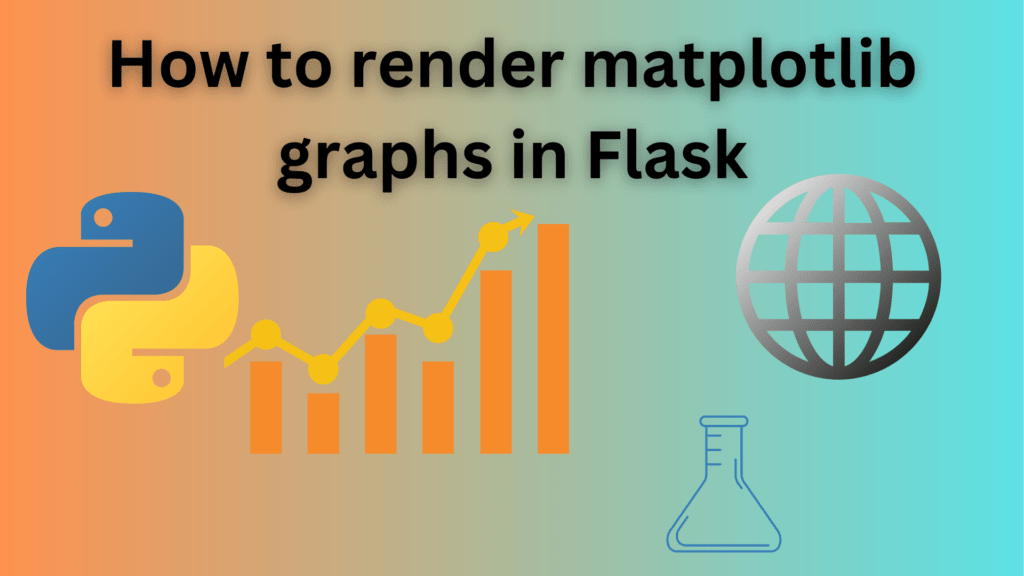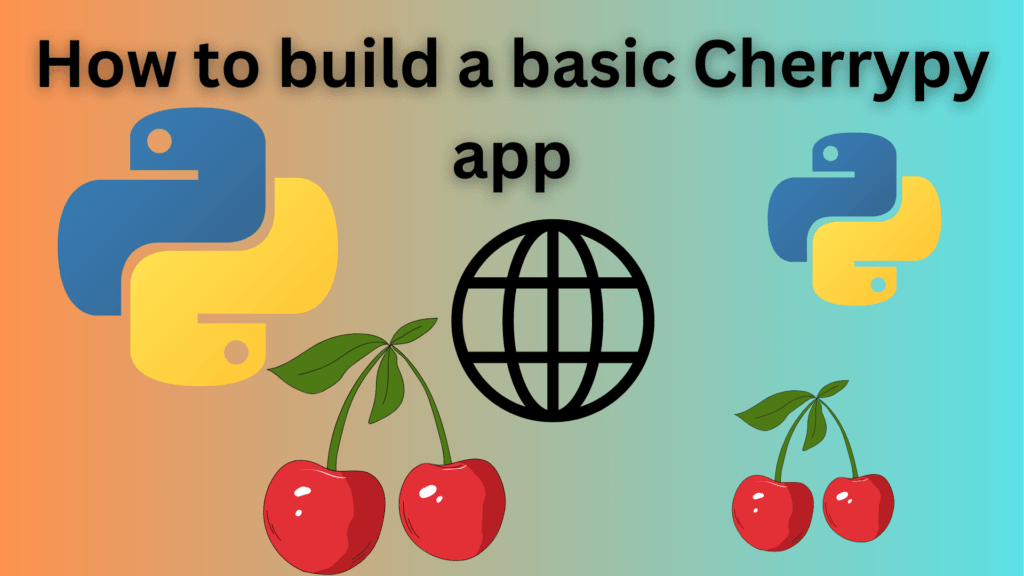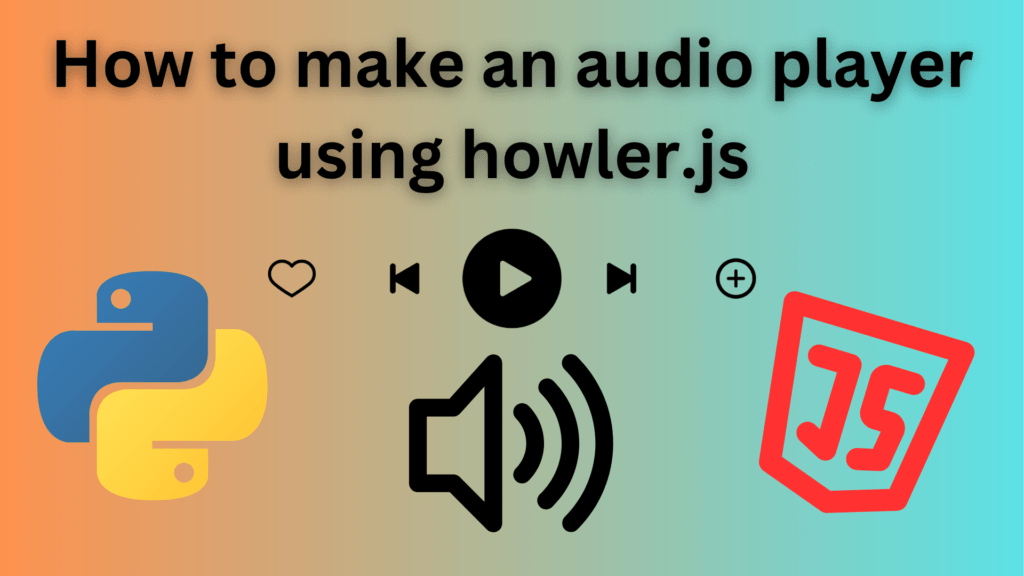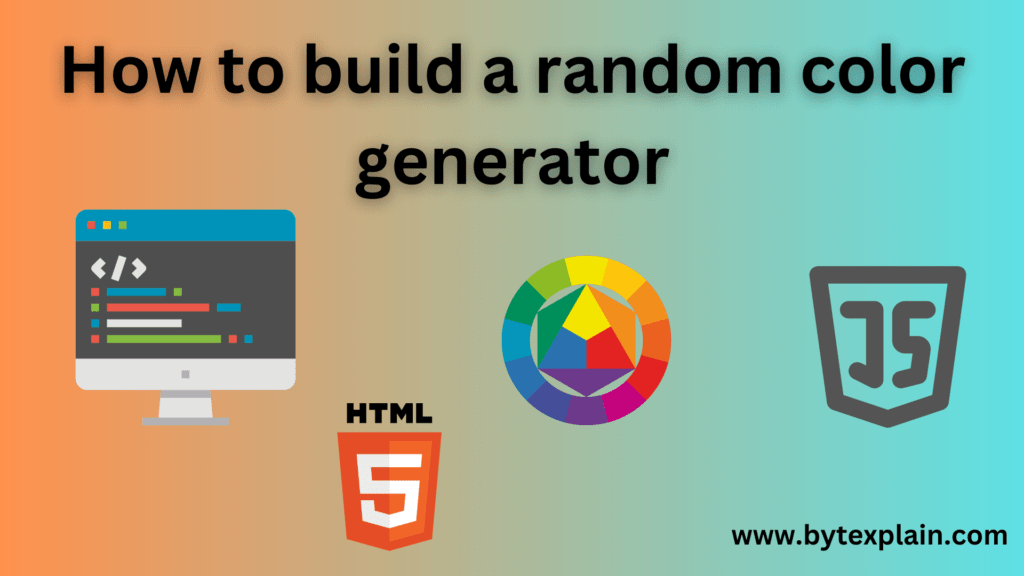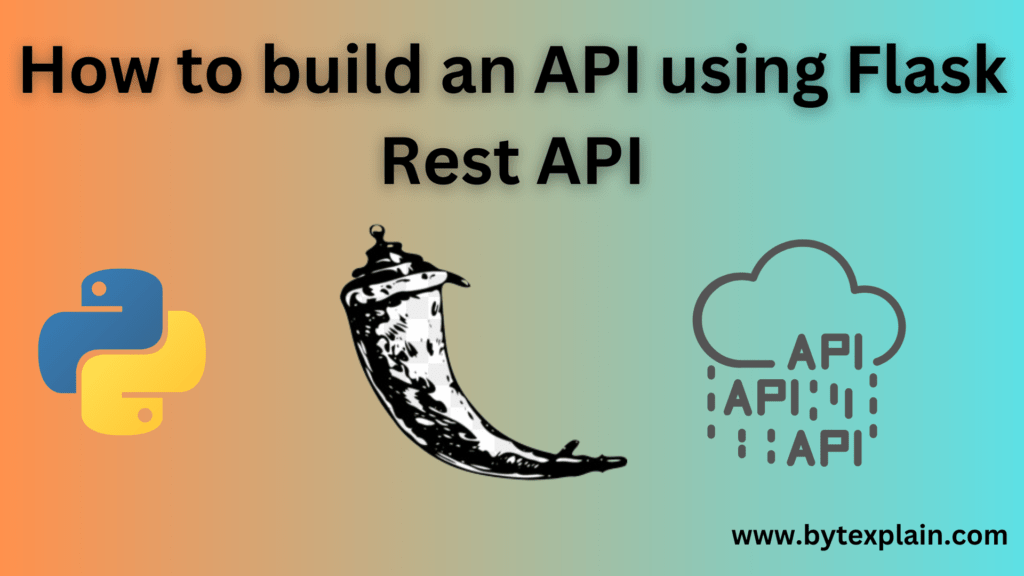User experience (UX) design is crucial for creating products that are not only functional but also enjoyable to use. A well-designed UX can significantly improve user satisfaction, engagement, and overall product success. Choosing the right UX design tools can streamline the design process, enhance collaboration, and ensure that your designs meet user needs effectively. In this blog, we’ll explore the top 10 best UX design tools that every designer should consider in 2024.
Table of Contents
1. Sketch
Sketch is a powerful vector-based design tool specifically focused on UI and UX design. It is popular among designers for its intuitive interface, extensive plugin ecosystem, and robust feature set.
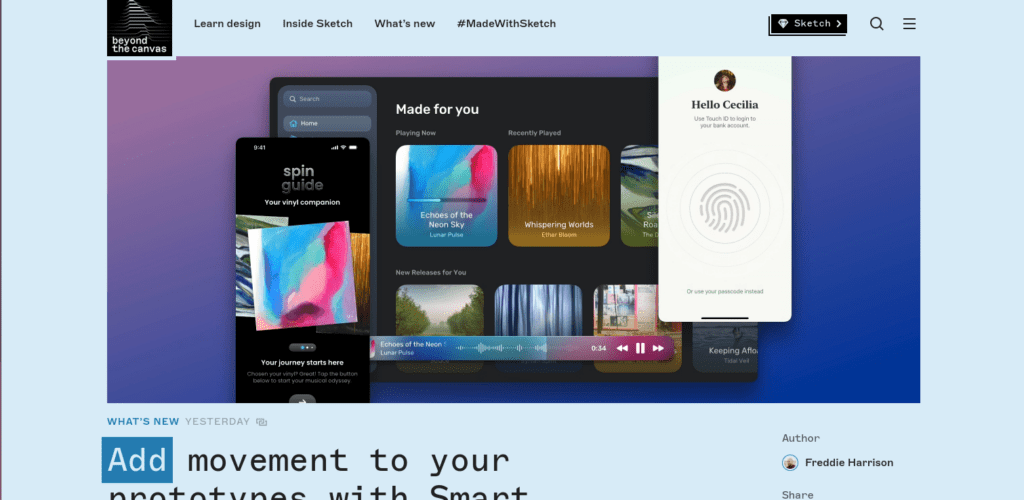
- Features:
- Offers an easy-to-use interface with tools for vector editing, prototyping, and collaboration.
- Supports multiple plugins for enhanced functionality, such as design systems and real-time collaboration.
- Provides a cloud-based platform, Sketch Cloud, for sharing and receiving feedback on designs.
- Pros:
- Lightweight and efficient, ideal for creating high-fidelity prototypes and wireframes.
- Large community with extensive resources and tutorials.
- Integration with various tools like InVision and Zeplin for streamlined workflows.
- Cons:
- Only available for macOS, limiting accessibility for Windows and Linux users.
- Limited support for advanced animation and interaction design compared to some other tools.
Read Also : Top 10 Best VPNs for Business in 2024
2. Adobe XD
Adobe XD is a versatile UX design tool that supports wireframing, prototyping, and sharing designs. With its seamless integration with Adobe’s Creative Cloud suite, XD is a powerful option for designers who use other Adobe products.

- Features:
- Enables rapid design and prototyping with tools for vector design, grids, and responsive resizing.
- Supports voice prototyping, allowing designers to create interactive voice interfaces.
- Provides robust collaboration features with Coediting and Design Specs for team-based projects.
- Pros:
- Intuitive interface with a low learning curve for Adobe users.
- Extensive integration with other Adobe tools like Photoshop and Illustrator.
- Supports plugins for added functionality, such as animation and data integration.
- Cons:
- Some advanced features are limited compared to other UX tools.
- Real-time collaboration features are still evolving.
3. Figma
Figma is a cloud-based UX design tool known for its collaborative features and accessibility. It allows multiple designers to work on the same project simultaneously, making it a favorite for remote teams.
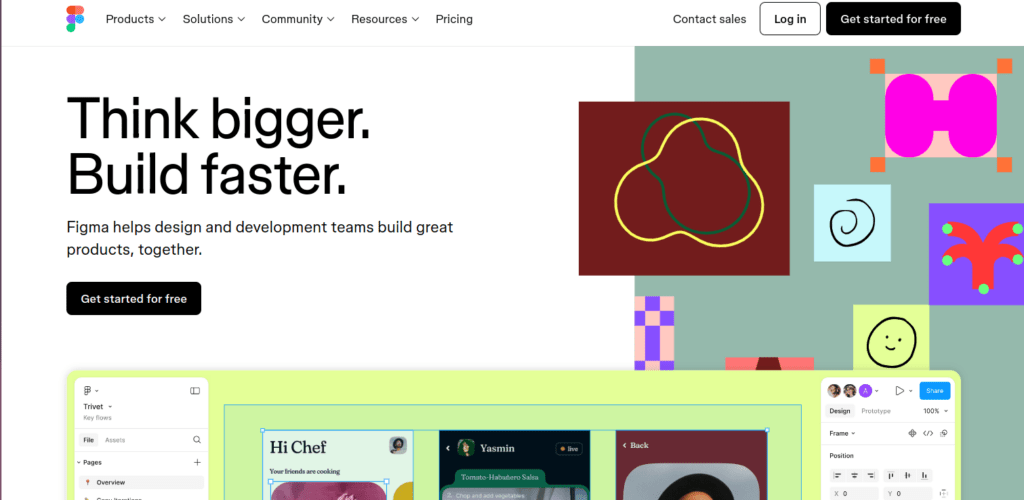
- Features:
- Offers real-time collaboration, allowing designers and stakeholders to work together in a single document.
- Supports robust design systems with reusable components and libraries.
- Provides tools for prototyping, vector editing, and animation, all in one platform.
- Pros:
- Cloud-based platform accessible from any operating system with a web browser.
- Powerful collaboration features with version control and comment capabilities.
- Extensive plugin ecosystem for added functionalities like design tokens and accessibility checks.
- Cons:
- Performance can be affected by large files or complex projects.
- Requires an internet connection for full functionality.
4. Miro
Miro is a versatile online collaborative whiteboard platform that is widely used for brainstorming, mind mapping, and wireframing in UX design. It offers a range of tools for creating flowcharts, sitemaps, and user journey maps, making it a valuable addition to the UX designer’s toolkit.
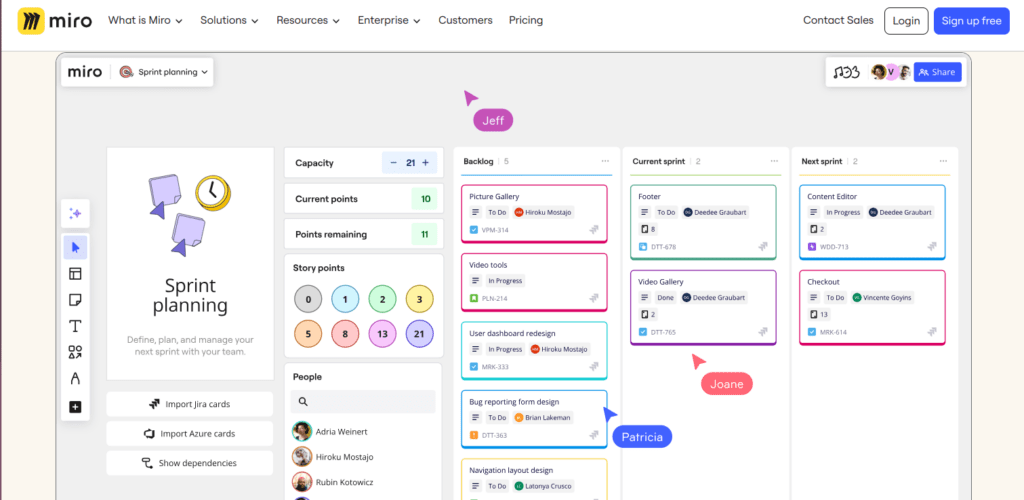
- Features:
- Provides an intuitive canvas for creating user flows, wireframes, and design thinking workshops.
- Supports real-time collaboration, allowing multiple team members to work on the same board simultaneously.
- Offers a library of pre-built templates and shapes for wireframing, diagramming, and brainstorming sessions.
- Integrates seamlessly with other tools such as Sketch, Figma, and Adobe XD, as well as productivity tools like Slack, Jira, and Google Drive.
- Pros:
- Ideal for remote teams, as it facilitates real-time collaboration and brainstorming.
- Easy to use with a minimal learning curve, suitable for designers and non-designers alike.
- Highly versatile, supporting a variety of use cases beyond UX design, such as project management and agile workflows.
- Cons:
- Limited support for high-fidelity wireframing and prototyping compared to dedicated UX design tools.
- Can become cluttered with large projects or many contributors, requiring careful management.
- The free version has limited features and board space, making it necessary to upgrade for more extensive projects.
5. Axure RP
Axure RP is a professional-grade UX design tool that excels in creating detailed, functional prototypes. It is widely used for creating complex wireframes and interactive prototypes that simulate real user interactions.

- Features:
- Offers advanced prototyping tools with conditional logic, dynamic panels, and adaptive views.
- Supports extensive documentation and specification generation for handoffs to development teams.
- Provides collaboration features with Axure Cloud for sharing and feedback.
- Pros:
- Ideal for creating detailed, interactive prototypes that mimic real-world functionality.
- Supports complex logic and interactions, making it suitable for high-fidelity designs.
- Extensive documentation capabilities for development handoff.
- Cons:
- Steep learning curve, especially for beginners.
- Lacks some of the visual design features found in other tools.
6. Marvel
Marvel is a simple yet powerful UX design tool for creating wireframes, prototypes, and user testing. It is designed to be user-friendly and is often preferred for quick prototyping and collaborative projects.

- Features:
- Offers tools for rapid wireframing, prototyping, and user testing within a single platform.
- Supports interactive design, allowing for clickable prototypes and screen transitions.
- Provides real-time collaboration and feedback tools for team-based projects.
- Pros:
- Easy to use with a minimal learning curve.
- Integration with various third-party tools like Sketch and Jira.
- Offers user testing features to gather feedback on designs.
- Cons:
- Limited advanced features compared to tools like Figma or Adobe XD.
- Performance may suffer with larger projects or complex prototypes.
7. Balsamiq
Balsamiq is a low-fidelity wireframing tool designed for quick mockups and brainstorming sessions. Its simple, sketch-like interface helps designers focus on structure and layout rather than aesthetics.

- Features:
- Offers a drag-and-drop interface with pre-built UI elements for rapid wireframing.
- Supports collaboration and feedback with features for sharing and commenting on wireframes.
- Provides tools for creating and managing reusable components.
- Pros:
- Simple and intuitive, ideal for quick wireframing and concept validation.
- Encourages focus on UX structure and functionality rather than visual design.
- Affordable pricing with a one-time purchase option.
- Cons:
- Limited visual design and prototyping features.
- Not suitable for high-fidelity designs or complex interactions.
8. Framer
Framer is a UX design tool that combines design and code to create high-fidelity, interactive prototypes. It is favored by designers who want to go beyond static visuals and explore the full potential of interactive design.

- Features:
- Supports interactive design with tools for animations, transitions, and state management.
- Allows for custom code integration, enabling complex interactions and dynamic data usage.
- Provides a library of pre-built components and UI kits for rapid prototyping.
- Pros:
- Powerful interaction design capabilities with support for custom animations.
- Enables integration of real data and APIs for realistic prototypes.
- Supports team collaboration and design sharing.
- Cons:
- Requires a basic understanding of code for advanced features.
- Steeper learning curve compared to traditional design tools.
9. UXPin
UXPin is a UX design tool that focuses on bridging the gap between design and development. It offers robust features for creating interactive prototypes, managing design systems, and collaborating with development teams.

- Features:
- Provides tools for interactive design with conditional logic, variables, and states.
- Supports design system management with shared components and libraries.
- Integrates with tools like Jira and Slack for team collaboration and project management.
- Pros:
- Strong integration of design and development workflows.
- Allows for detailed, interactive prototypes with real data.
- Supports design systems for consistent and scalable design practices.
- Cons:
- Higher cost compared to other UX design tools.
- Learning curve for advanced features like logic and variables.
10. ProtoPie
ProtoPie is an advanced UX design tool that allows designers to create highly interactive prototypes without code. It is ideal for testing complex interactions and animations that go beyond simple click-through prototypes.
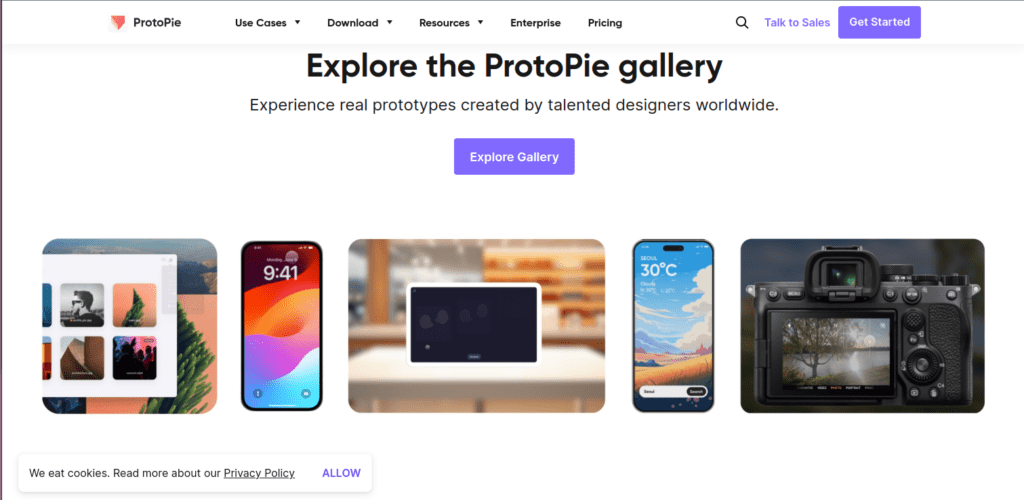
- Features:
- Supports advanced interactions with triggers, conditions, and responses.
- Allows for integration with other tools like Sketch, Figma, and Adobe XD.
- Provides features for testing prototypes on real devices with native sensors and inputs.
- Pros:
- Enables detailed, interactive prototypes without coding.
- Supports device-specific testing for mobile and IoT applications.
- Strong community and educational resources.
- Cons:
- Can be complex for beginners due to its advanced interaction capabilities.
- Limited collaboration features compared to tools like Figma or InVision.
Conclusion
Selecting the right UX design tool can significantly impact the efficiency and quality of your design process. Whether you need a tool for quick wireframing like Balsamiq or a platform for advanced interaction design like Framer, there’s a solution to meet your specific needs. By mastering these tools, you can create compelling, user-centric designs that elevate the user experience and drive the success of your products.





